

Articles
How Do Rear View Mirrors Work
Modified: January 6, 2024
Discover how rear view mirrors work in this informative article. Learn the science behind this essential car safety feature and its importance on the road today.
(Many of the links in this article redirect to a specific reviewed product. Your purchase of these products through affiliate links helps to generate commission for Storables.com, at no extra cost. Learn more)
Introduction
Rear view mirrors play a crucial role in ensuring the safety of drivers on the road. These mirrors allow motorists to have a clear view of the vehicles and objects behind them, enabling them to make informed decisions while driving. Understanding how rear view mirrors work is essential for every driver, as it helps to enhance situational awareness and reduces the risk of accidents.
In this article, we will demystify the inner workings of rear view mirrors and shed light on the technology behind them. We will explore the purpose of rear view mirrors, delve into their basic design and components, discuss the advantages of convex mirrors, and touch on emerging technologies in this field.
By the end of this article, you will have a deeper understanding of how rear view mirrors work and how to use them effectively to stay safe on the road.
Key Takeaways:
- Rear view mirrors are essential for enhancing situational awareness, eliminating blind spots, and aiding in parking and reversing, ultimately contributing to overall road safety.
- Emerging technologies in rear view mirrors, such as digital rearview mirrors and augmented reality overlays, are revolutionizing the driving experience by providing unobstructed views and advanced safety features.
Read more: How Much Are Rear View Mirrors
The Purpose of Rear View Mirrors
Rear view mirrors serve a critical role in providing drivers with a clear view of what is happening behind their vehicles. Their primary purpose is to eliminate blind spots and allow drivers to monitor the traffic behind them without having to turn their heads constantly. By using rear view mirrors, drivers can gather vital information about the position, speed, and distance of other vehicles on the road, enabling them to make informed decisions and adjust their driving accordingly.
One of the key benefits of rear view mirrors is enhancing situational awareness. They provide a wider field of view compared to simply turning one’s head, allowing drivers to have a comprehensive understanding of their surroundings. This is particularly useful when changing lanes, merging onto highways, or maneuvering in crowded areas.
Rear view mirrors also aid in detecting potential hazards or dangers. By regularly glancing at the mirror, drivers can identify approaching vehicles, pedestrians, or cyclists and take appropriate action to avoid collisions. Additionally, rear view mirrors help drivers anticipate the movements of other vehicles, such as sudden lane changes or braking, which further contributes to overall road safety.
Another crucial purpose of rear view mirrors is to assist in parking and reversing. By using the mirrors, drivers can accurately judge the distance between their vehicle and objects behind them, ensuring a smooth and safe parking or reversing maneuver. Rear view mirrors provide a valuable perspective that complements the use of a vehicle’s backup camera or rear parking sensors.
Overall, the purpose of rear view mirrors is to provide drivers with a comprehensive and real-time view of the road behind them, enabling them to effectively assess potential risks, make informed decisions, and ultimately enhance safety on the road.
Basic Design and Components of Rear View Mirrors
Rear view mirrors consist of several key components that work together to provide drivers with a clear and accurate reflection of the area behind their vehicles. While the specific design may vary depending on the make and model of the vehicle, the basic components remain largely the same.
The primary component of a rear view mirror is the reflective surface, which is typically made of glass. This reflective surface is carefully shaped to minimize distortion and provide an accurate representation of the area behind the vehicle. In most rear view mirrors, the reflective surface is flat, but some mirrors utilize a convex shape to enhance the field of view.
To hold the reflective surface in place, rear view mirrors are equipped with a housing or frame. This housing is usually made of a durable and lightweight material, such as plastic or metal, and is designed to securely attach the mirror to the windshield or the interior of the vehicle. Additionally, the housing may have an adjustable mechanism that allows the mirror to be positioned according to the driver’s preference.
To enable easy adjustment of the mirror, rear view mirrors often employ a swivel joint or ball and socket mechanism. This allows the mirror to be tilted or rotated to achieve the desired viewing angle. The adjustment can be manual or electronic, depending on the sophistication of the mirror system.
Furthermore, many modern rear view mirrors are equipped with additional features to enhance functionality. These features may include built-in lights, such as map lights or LED indicators, that provide additional illumination in the vehicle’s cabin. Some mirrors also incorporate electronic displays that can show information from various sensors, such as temperature, compass direction, or even incoming calls or messages from a connected smartphone.
It is worth noting that rear view mirrors can differ in design and placement depending on the type of vehicle. For example, motorcycles often have smaller handlebar-mounted mirrors, while larger commercial vehicles may have multiple mirrors strategically placed to cover blind spots.
In summary, the basic design of rear view mirrors includes a reflective surface, a housing or frame, an adjustable mechanism, and optional additional features. These components work together to provide drivers with a clear and adjustable view of the area behind their vehicles, enhancing safety and convenience on the road.
How Convex Mirrors Improve Visibility
Convex mirrors, also known as wide-angle mirrors or “fish-eye” mirrors, are commonly used in rear view mirrors to improve visibility and eliminate blind spots. Unlike flat mirrors, convex mirrors have a curved surface that bulges outward, which helps to provide a wider field of view.
The main advantage of convex mirrors is their ability to offer a larger viewing angle compared to flat mirrors. This wider field of view allows drivers to see a greater area behind their vehicles, reducing the chances of missing approaching vehicles or other potential hazards.
Convex mirrors achieve this expanded field of view by sacrificing a degree of accuracy in the reflected image. Due to the curvature of the mirror, objects in the reflection appear smaller and farther away than they actually are. However, this distortion is a trade-off for the increased visibility of a wider area.
In practice, convex mirrors are particularly effective in eliminating blind spots. Blind spots are areas around a vehicle that are not visible to the driver through the regular rear view and side mirrors. By positioning convex mirrors strategically, such as on the sides of the vehicle or as additional mirrors within the interior, blind spots can be significantly reduced or even eliminated.
It is important to note that while convex mirrors enhance visibility, they may also introduce some challenges to accurate depth perception. Due to the distortion caused by the curvature, gauging the exact distance of objects in the reflection can be more difficult. As a result, drivers must be cautious and rely on other visual cues, such as the size and relative position of objects, when using convex mirrors for reference.
Despite these considerations, convex mirrors are widely used in various applications beyond just rear view mirrors. They are commonly found in parking lots, driveways, and curved roads where a broad view is crucial for ensuring safety. Their ability to provide a wider field of view makes convex mirrors an effective tool for maximizing visibility and minimizing blind spots both on the road and in various industrial settings.
When adjusting your rear view mirror, position it so that you can see the entire rear window without moving your head. This will maximize your field of vision and help you stay aware of your surroundings while driving.
The Function of Anti-Glare Coatings on Rear View Mirrors
Rear view mirrors are essential for allowing drivers to have a clear view of the traffic behind them. However, they can sometimes be affected by glare, which can significantly impact visibility and create a potentially hazardous situation. To combat this issue, modern rear view mirrors are equipped with anti-glare coatings that help minimize the effects of glare and improve overall visibility.
The primary function of anti-glare coatings on rear view mirrors is to reduce the amount of light reflected directly into the driver’s eyes. Glare typically occurs when strong light sources, such as headlights from vehicles behind or sunlight, reflect off the mirror surface, causing a bright and distracting beam of light that obstructs the driver’s vision. The anti-glare coating works by redirecting and diffusing the reflected light, minimizing its intensity and preventing it from directly entering the driver’s eyes.
This is achieved through the use of special materials or coatings applied to the mirror’s surface. These coatings are designed to selectively absorb or scatter light in specific wavelengths, particularly the wavelengths associated with the high-intensity light sources that cause glare. By altering the behavior of incoming light, the anti-glare coating reduces the contrast between the bright glare and the surrounding area, allowing the driver to maintain a clear view of the road.
Additionally, anti-glare coatings on rear view mirrors can also improve the contrast and clarity of the reflected image. By reducing the interference from unwanted reflections, such as those caused by headlights or other light sources, the coating enhances the visibility of objects behind the vehicle. This is particularly beneficial in low-light conditions or adverse weather when visibility is already compromised.
It is important to note that anti-glare coatings are not foolproof and cannot completely eliminate glare in all situations. They are most effective in reducing the intensity of direct glare from specific light sources. Side glare, such as light reflecting off the side windows or surrounding objects, may still occur and impact visibility. As a result, it is crucial for drivers to adjust their positioning and use additional techniques, such as shading the mirror with their hand or adjusting the mirror angle, to further minimize glare.
In summary, the function of anti-glare coatings on rear view mirrors is to reduce the effects of glare caused by strong light sources, such as headlights or sunlight. These coatings redirect and diffuse the reflected light, improving visibility and creating a clearer reflection of the objects behind the vehicle. While not completely eliminating glare, anti-glare coatings play a vital role in enhancing safety and comfort while driving.
Read more: Who Invented Rear View Mirrors
Adjusting and Using Rear View Mirrors
Properly adjusting and using rear view mirrors is crucial for maximizing visibility and ensuring safe driving. Here are some important tips and techniques to help you use your rear view mirrors effectively:
1. Positioning: Start by adjusting the rear view mirror to provide a clear view of the road directly behind your vehicle. Position the mirror so that you can see the entire rear window without having to tilt your head. Ensure that the mirror is aligned with your line of sight and that there are no obstructions blocking the view.
2. Side Mirrors: Adjust the side mirrors so that they provide a view of the lane next to your vehicle. Angle them slightly outward to cover the blind spots on the side of the vehicle. You should be able to see a small portion of your own vehicle in the side mirrors to help with judging distance and positioning.
3. Glance Technique: While driving, regularly glance at your rear view mirrors to monitor the traffic behind you. Make it a habit to check your mirrors every few seconds, especially before changing lanes, merging, or making turns. This will help you stay aware of your surroundings and anticipate the movements of other vehicles.
4. Adjustments for Different Situations: Depending on the driving conditions, you may need to make slight adjustments to your rear view mirrors. For example, if you have a lot of cargo or passengers in the backseat, you may need to slightly tilt the rear view mirror to compensate for the reduced rear visibility.
5. Night Driving: When driving at night, adjust your rear view mirror using the nighttime setting if your vehicle has one. This setting reduces the glare from headlights behind you. Additionally, dim the dashboard lights to minimize distractions and enhance your forward vision.
6. Headlight Etiquette: Be considerate of other drivers and avoid using your high beams unnecessarily. Leaving your high beams on can cause discomfort and glare for the driver in front of you, making it difficult for them to see and react quickly. Remember to switch to low beams when approaching other vehicles.
7. Regular Cleaning: Keep your rear view mirrors clean and free of dirt and smudges. A dirty mirror can reduce visibility, especially in sunny or nighttime conditions. Wipe them with a soft cloth or use a specific glass cleaner to maintain a clear reflection.
By following these adjusting and using techniques, you can optimize the functionality of your rear view mirrors and enhance your overall driving experience. Remember, proper mirror usage is an essential aspect of defensive driving and promoting road safety for yourself and others.
Emerging Technologies in Rear View Mirrors
Rear view mirrors have come a long way since their inception, and advancements in technology continue to improve their functionality and safety features. Here are some of the emerging technologies that are transforming rear view mirrors:
1. Digital Rearview Mirrors: Digital rearview mirrors replace the traditional reflective surface with an LCD or OLED screen. These screens display a live video feed from a rear-facing camera mounted on the back of the vehicle. By eliminating the obstruction caused by passengers, cargo, or vehicle structures, digital rearview mirrors provide an unobstructed and wider view of the rear.
2. Integrated Camera Systems: Some modern vehicles are equipped with integrated camera systems that offer a 360-degree view around the vehicle. These systems utilize multiple cameras strategically placed on the exterior of the vehicle to provide a comprehensive view of the surroundings. The images from these cameras are displayed on the rear view mirror or on the infotainment screen, enhancing overall visibility and assisting with parking and maneuvering.
3. Auto-Dimming Mirrors: Auto-dimming mirrors use light sensors to detect the intensity of headlights approaching from behind. These mirrors automatically adjust the amount of reflected light to reduce glare, providing a clearer and more comfortable view for the driver. This technology enhances visibility and minimizes distractions caused by bright lights, improving road safety.
4. Lane Departure Warning Systems: Rear view mirrors can now be equipped with integrated lane departure warning systems. These systems use sensors to detect lane markings on the road. If the vehicle begins to drift out of its lane without signaling, the mirror may provide visual or audible alerts to warn the driver and encourage them to correct their course. This technology helps prevent unintentional lane changes and reduces the risk of accidents.
5. Augmented Reality Mirrors: Augmented reality (AR) technology is being introduced to rear view mirrors, enhancing the driver’s perception of the rear environment. AR mirrors overlay additional information, such as navigation cues, object detection warnings, or the speed of trailing vehicles, onto the mirror display. This technology provides valuable real-time information and improves situational awareness without distracting the driver’s attention from the road.
6. Gesture and Voice Control: Rear view mirrors are incorporating gesture and voice control features to enhance usability and minimize driver distraction. Drivers can adjust the mirror settings, activate camera systems, or access other functions using simple gestures or voice commands. These intuitive controls promote safe and seamless operation of the mirror without the need to take hands off the steering wheel or eyes off the road.
As technology continues to evolve, these emerging features and advancements in rear view mirrors are transforming the driving experience, enhancing safety, and providing drivers with a more comprehensive view of their surroundings. These new technologies serve as a testament to the ongoing efforts to make driving safer and more convenient for motorists around the world.
Conclusion
Rear view mirrors are an essential component of every vehicle, providing drivers with a crucial view of the traffic behind them and enhancing safety on the road. Understanding how rear view mirrors work and how to use them effectively is key to maximizing visibility and minimizing blind spots, ultimately reducing the risk of accidents.
We have explored the purpose of rear view mirrors, which is to eliminate blind spots, enhance situational awareness, and assist with parking and reversing. We have also discussed the basic design and components of rear view mirrors, including the reflective surface, housing or frame, and the adjustable mechanism.
Furthermore, we have delved into the advantages of convex mirrors, which provide a wider field of view and help to eliminate blind spots. We have also explored the function of anti-glare coatings, which minimize the effects of glare and improve visibility in various driving conditions.
In addition, we have provided essential tips on adjusting and using rear view mirrors, including proper positioning, regular glancing technique, and adjustments for specific situations. We have also highlighted emerging technologies in rear view mirrors, such as digital rearview mirrors, integrated camera systems, auto-dimming mirrors, and augmented reality mirrors.
These emerging technologies are revolutionizing rear view mirrors by providing features like unobstructed views, comprehensive camera systems, glare reduction, advanced warning systems, augmented reality overlays, and intuitive controls.
In conclusion, rear view mirrors are an indispensable tool for safe and responsible driving. By understanding their purpose, design, and components, as well as utilizing proper adjustment techniques and embracing emerging technologies, drivers can significantly enhance their visibility on the road and make informed decisions to ensure the safety of themselves and others.
So remember, always adjust your rear view mirrors, glance regularly, and take advantage of the advancements in rear view mirror technology to drive safely and confidently.
Frequently Asked Questions about How Do Rear View Mirrors Work
Was this page helpful?
At Storables.com, we guarantee accurate and reliable information. Our content, validated by Expert Board Contributors, is crafted following stringent Editorial Policies. We're committed to providing you with well-researched, expert-backed insights for all your informational needs.
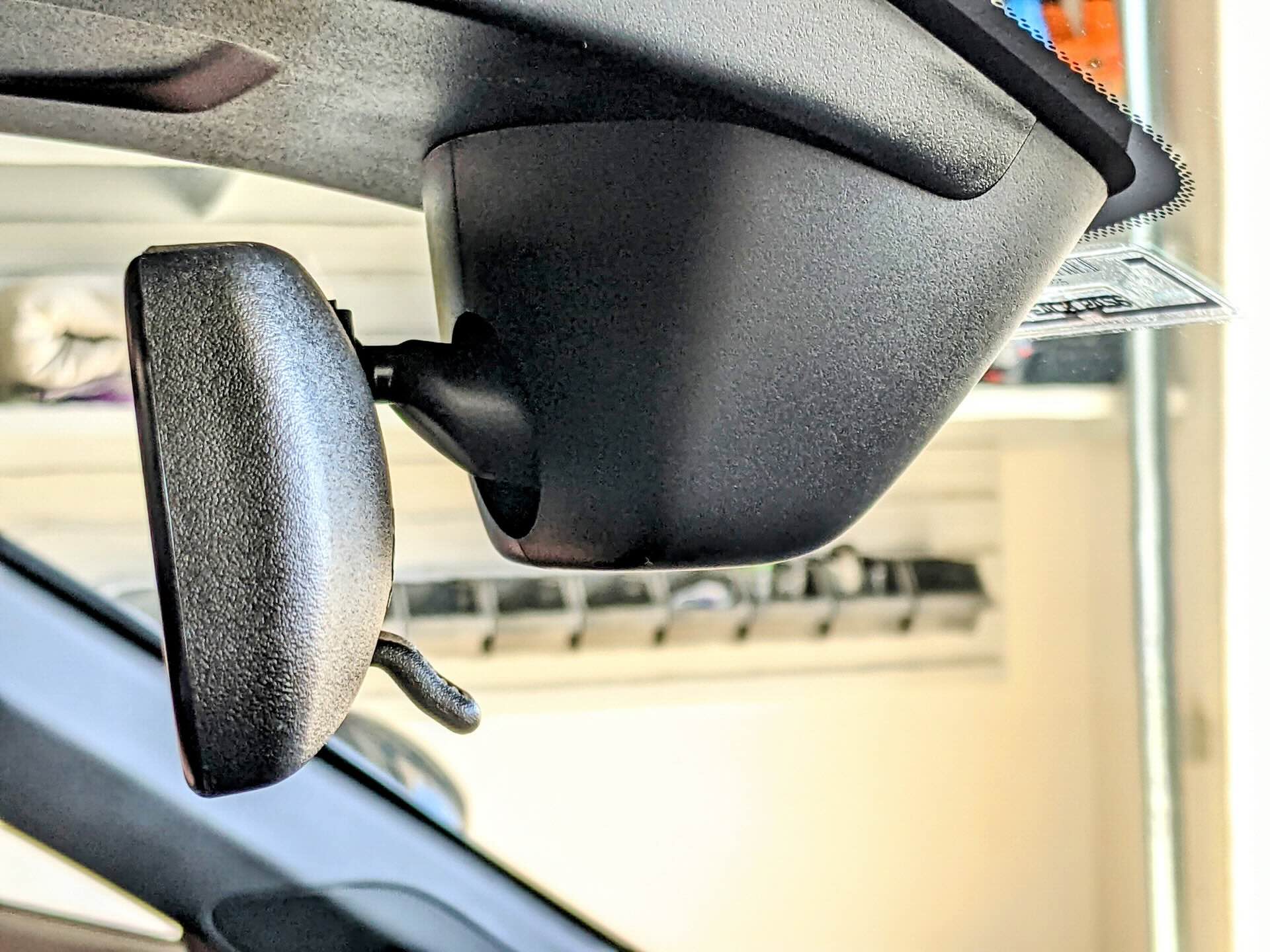
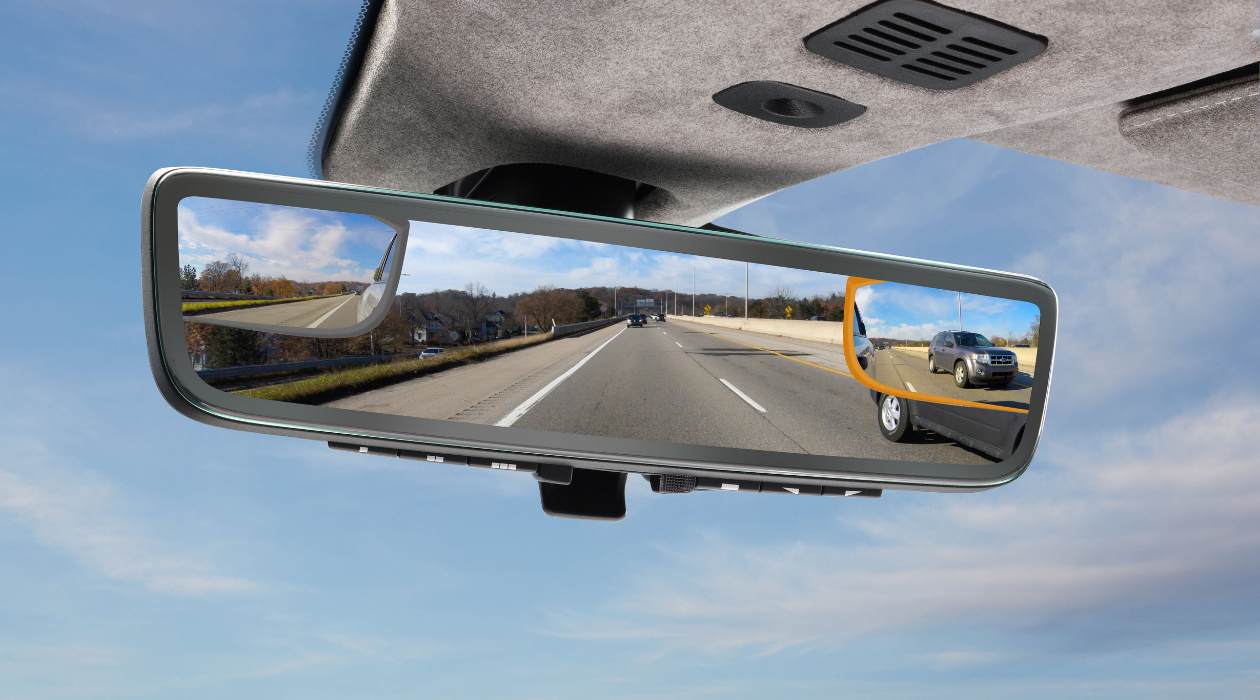
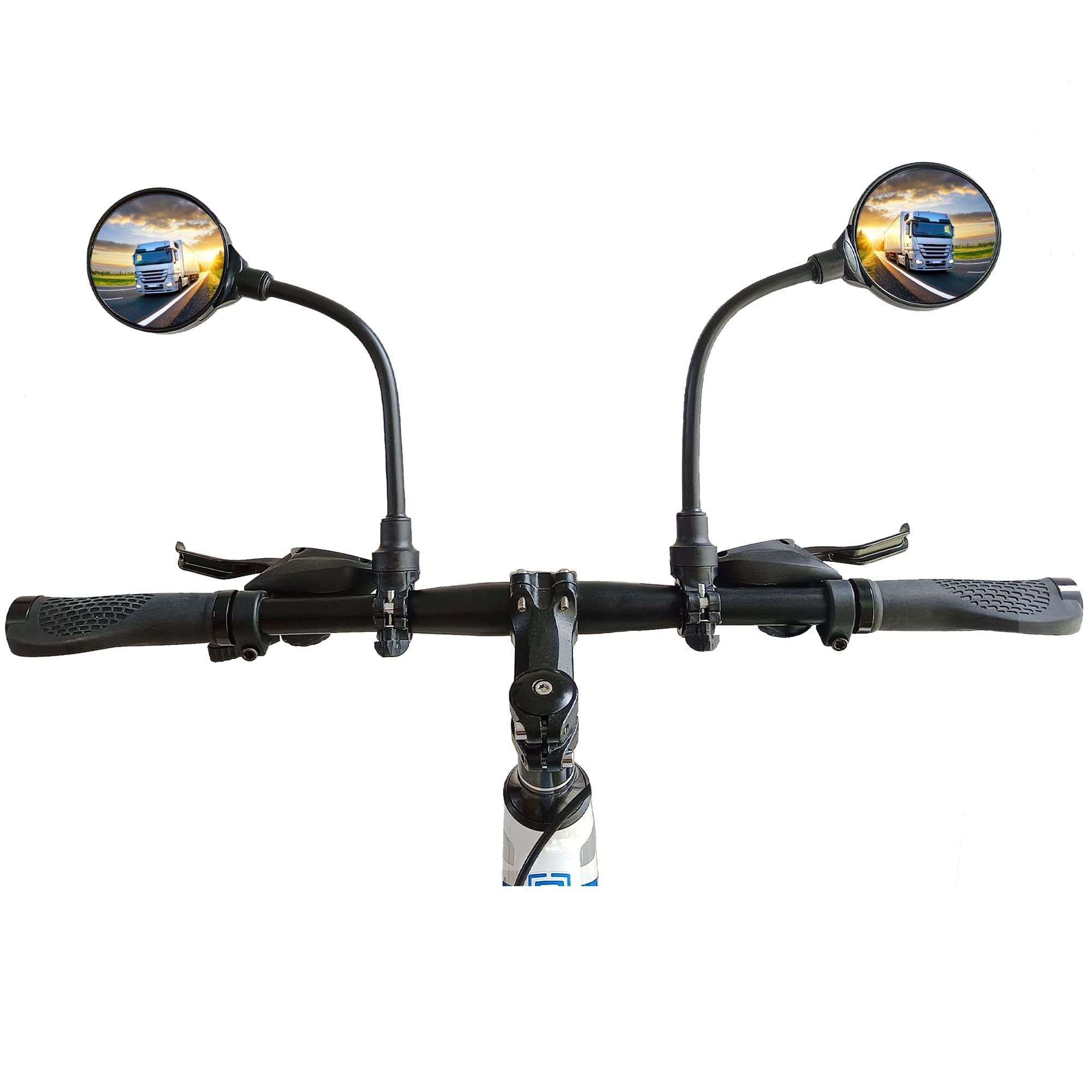


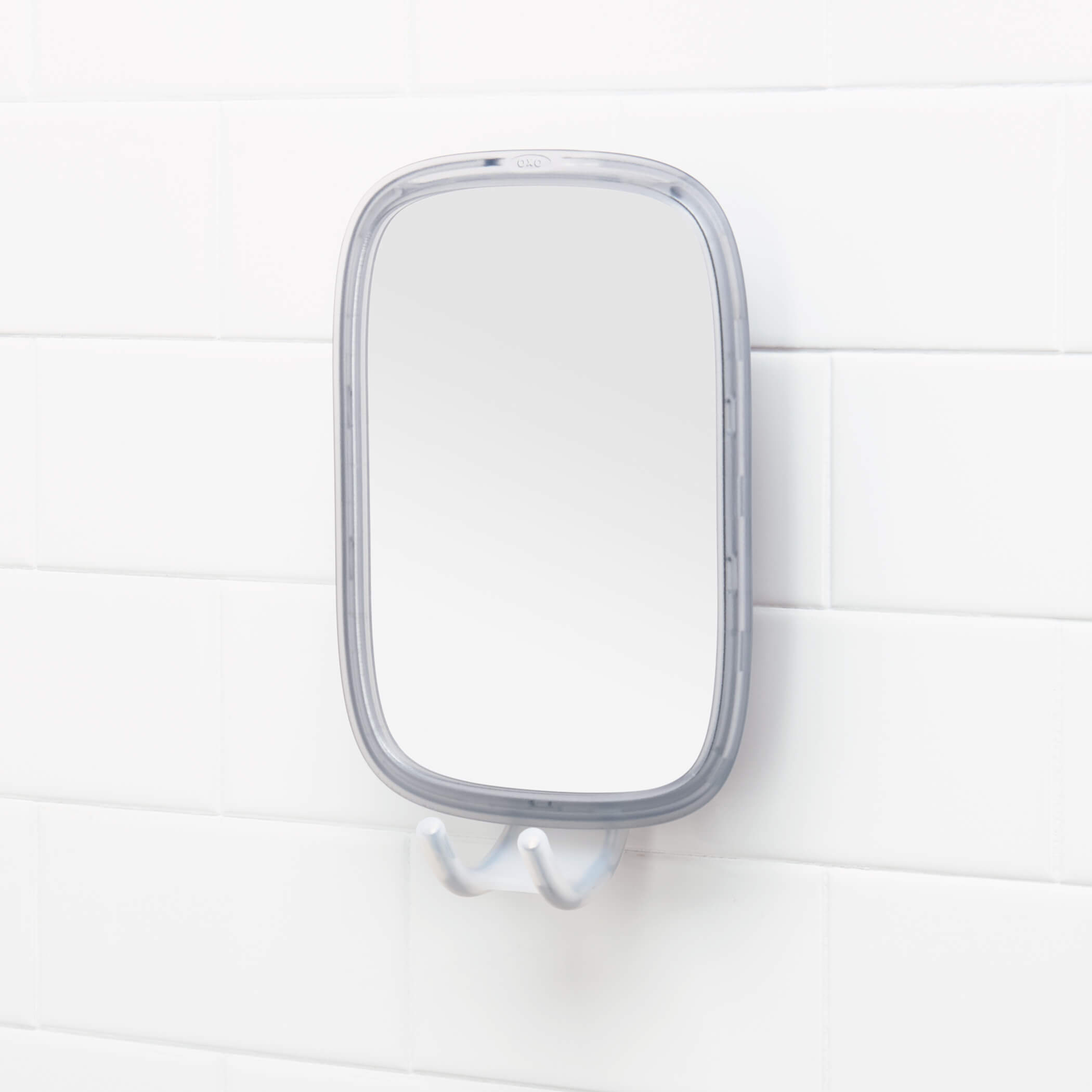
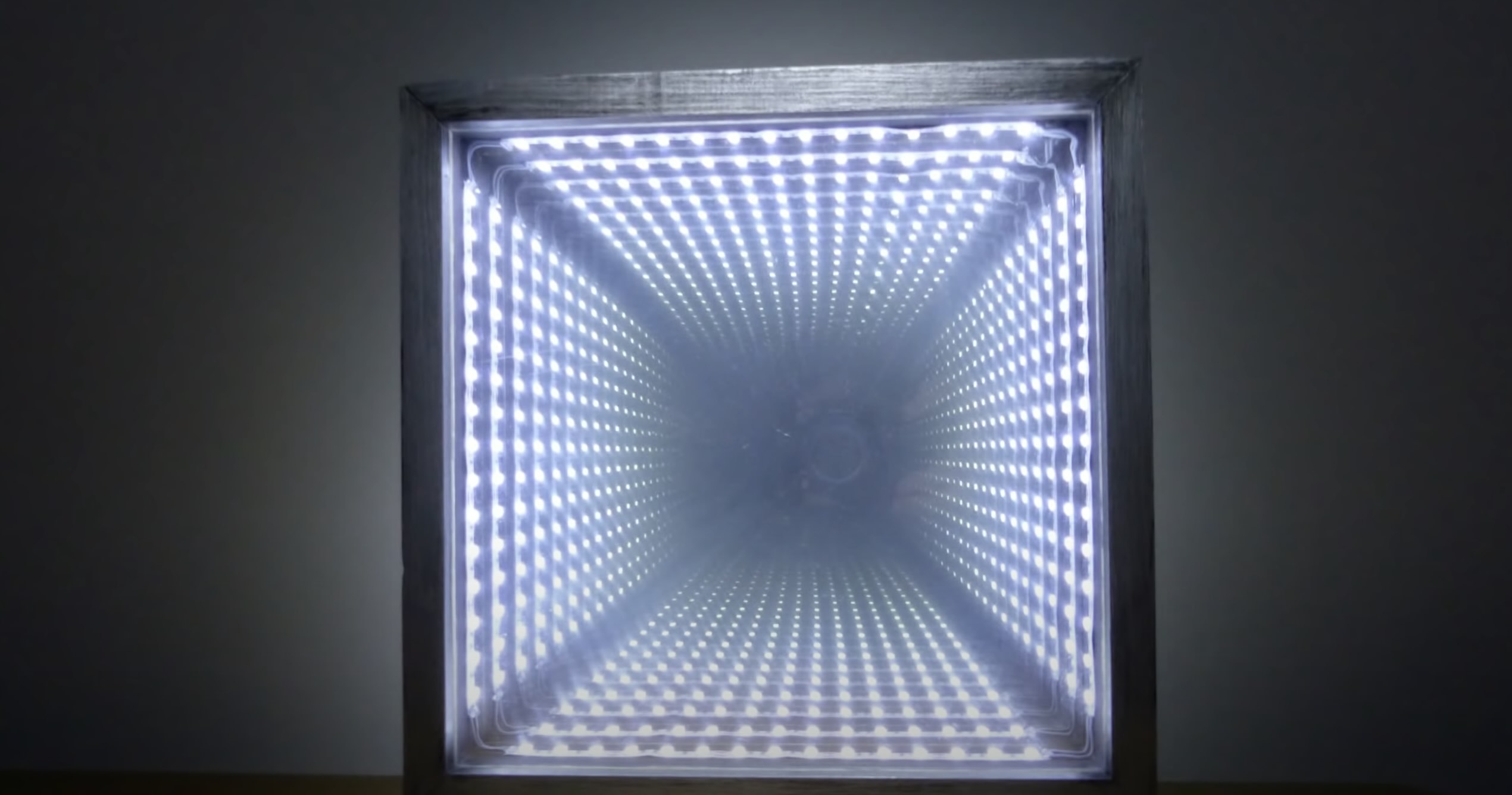


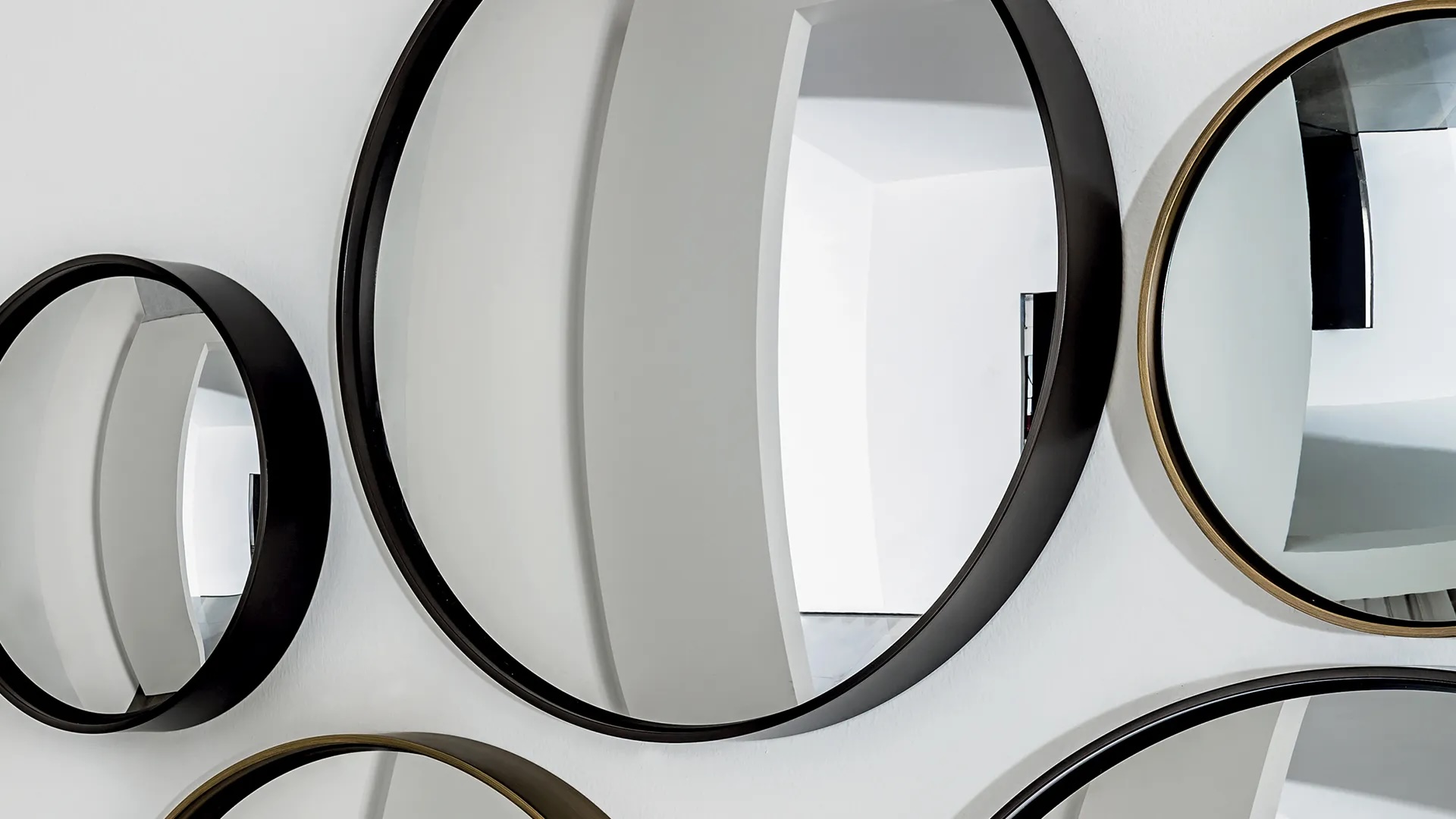
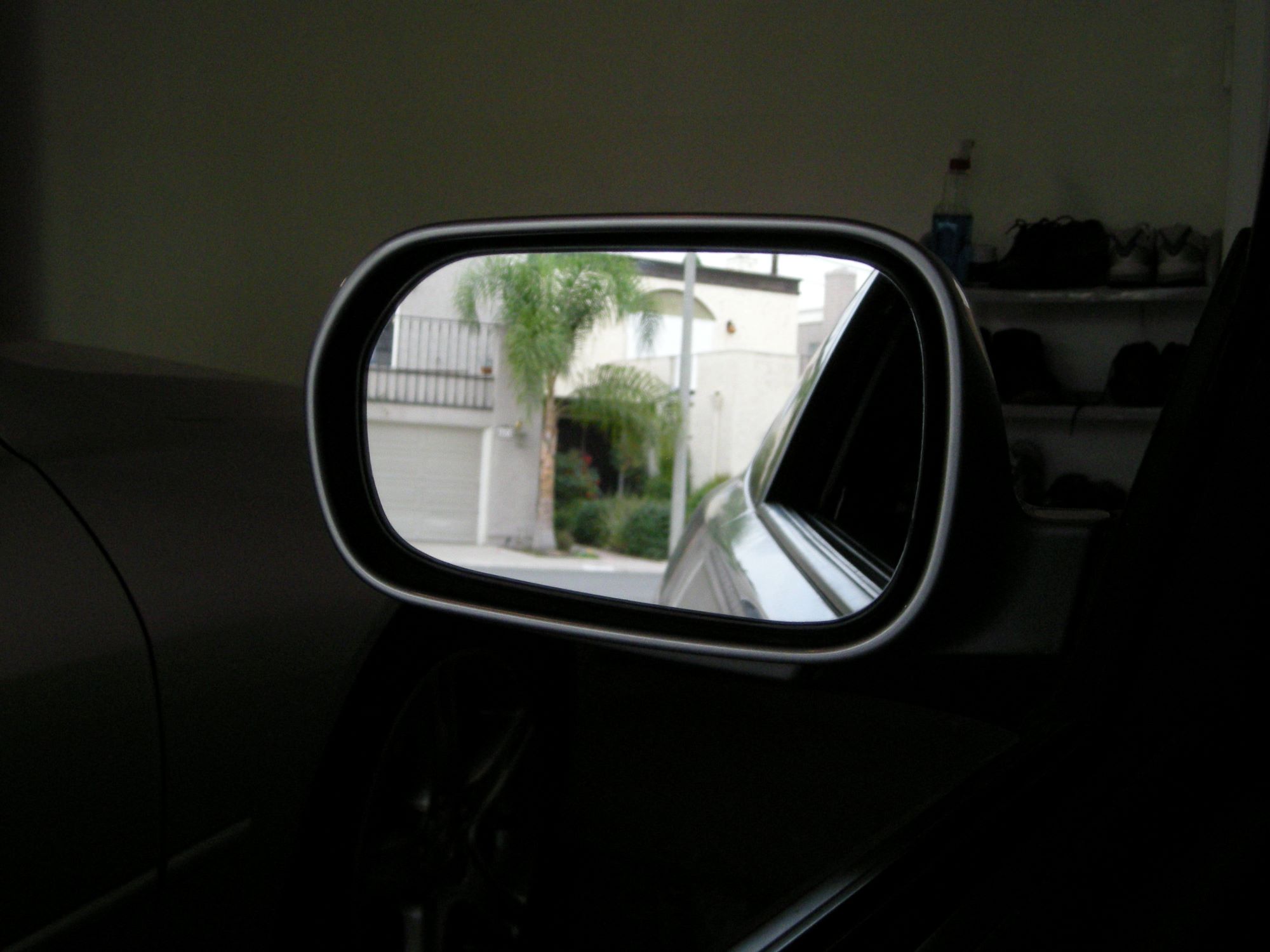




0 thoughts on “How Do Rear View Mirrors Work”